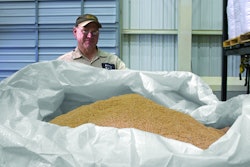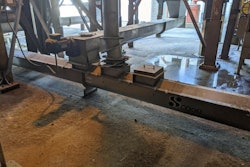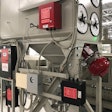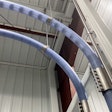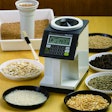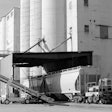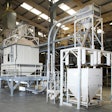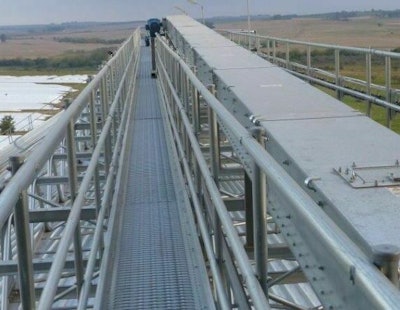
Sweet Mfg. was contacted by a large grain producer overseas to create a solution for feed batching dryer systems with multiple inlets.
The customer needed a conveyor capable of distributing material from one cell of the dryer to the next cell without opening or closing gates. The three cells had to be fed constantly and evenly.
Sweet’s solution was a horizontal conveyor with a double bottom.
This conveyor carries material through the upper half of the conveyor to the tail. The tail will then move the material back in the opposite direction through the bottom half the conveyor, where it starts discharging sequentially through the open intermediate gates into the three cells.
Once the first cell is full, the material is carried to the discharge gate for the second cell. Once the second cell is full, the material is carried to the third.
If all cells are full, any material that is carried over will be sent back to the loading head through the bottom half of the conveyor.
The material can then be moved upstream or downstream depending on the needs of the user.
This system was so successful that it has been repeated on three subsequent installations for the same customer. Additionally, Sweet has applied this concept to feed multiple overhead bins and inline cleaner setups.
Double-bottom conveyors could also be used when extending or connecting two receiving sites together, as the conveyor could transport material simultaneously from one side to the other when it’s combined with bypass inlets.
Using the Incline Flite-Veyor® as a dual-purpose conveyor with opposite discharges works well for expansion projects with overhead applications, allowing the product to be transported between two silos for product recycling purposes.
The double-bottom conveyor is a cost-effective and efficient way to manage a number of difficult and complex systems.



